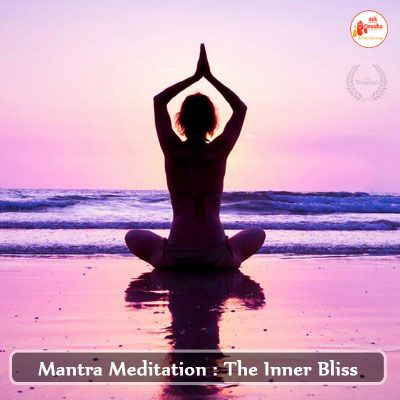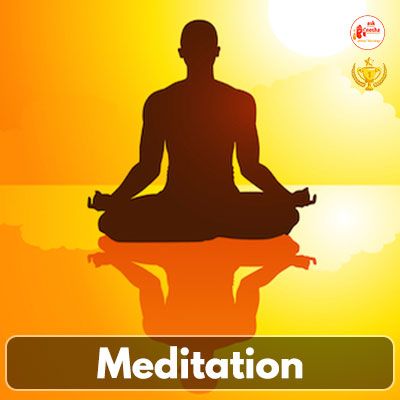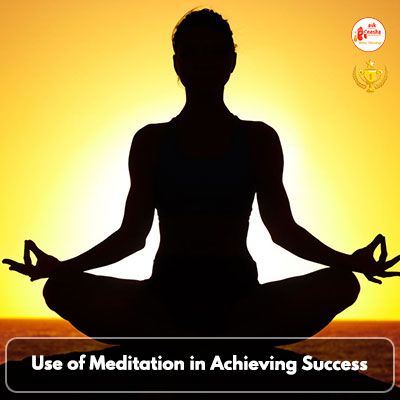Meditation- a path of self-realization is the practice of aligning the mind, body and soul to a state of harmony and relaxation. Numerous forms of meditation are said to prevail like mindful meditation, spiritual meditation, mantra meditation, focused meditation, movement meditation, transcendental meditation, mantra meditation and Vipassana meditation.
Vipassana is a meditative practice also referred to as Insight meditation emphasizing introspection in the core of self. It is considered to be highly beneficial for both mind and body. In this article, we will have an insight into Vipassana meditation, its technique, and its benefits.
Vipassana meditation- In short
Vipassana is a first born meditation practice that is said to have evolved by Buddhists. This kind of meditation aims to enhance one’s consciousness. In the language of Buddhism, it refers to removing all the fallacies attached to emotions, thinking and enables in viewing things as they are. The pure sight not adorned with sentiments, lifestyle and mind is focused on this kind of meditation. Vipassana is more specific involving self-analysis of feelings, notions, and approaches without disparaging.
In other words, it understands your inner and real version. It intends to pacify your mind, lay emphasis on the most important things in life, self-realization of things one is indulged in, reduce regrets belonging from past, carelessness for the future and ability to understand and react right in a situation.
Benefits of Vipassana–
Vipassana isn’t as popularly practiced as other kinds of meditation, but it has boons to offer to practitioners. A study conducted on Vipassana outlines following benefits:
Stress buster
Vipassana is as productive as other kinds of meditation in reducing the stress of the practitioner. In a research, it was found that those doing Vipassana are more elated and stress-free than those who aren’t practicing it. It was found that people practicing Vipassana were healthier, humble, compassionate, and patient and had a balanced approach towards life.
Also know other means to manage anxiety and stress.
Improves mental wellness
Mental health is an extensive term involving emotional state, societal comfort, spiritual happiness, perception, and conduct. It is an umbrella word for complete harmony in all walks of wellness. Vipassana is immensely beneficial in improving mental health. Vipassana aids in the revival of the mental status of an individual with a positive approach towards relationships, growth, capability, understanding of oneself and resilience.
Diminishes rigidity
Vipassana enhances the traits of flexibility and adaptability in individuals practicing it regularly. In other words, accepting new things easily without obstinacy to thoughts of old schools. This helps in finding keys to the tangles of life with the mind at peace. Taking new turns in life gets easier for those practicing Vipassana.
Lowers anxiety
Anxiety, the feeling of fear and nervousness can also be overcome by Vipassana meditation. Rescue from a depressive state gets easier with Vipassana meditation which gives the strength to individual to conquer the fear and jitteriness.
Giving up addiction
It is highly effective in abandoning all kinds of addiction like drugs, smoking, alcohol, etc. It is being used in many places in the country as an alternative treatment for addiction cure.
Also Read: Use of Meditation in achieving success
The right technique to practice Vipassana
Here is the technique to do Vipassana on your own at home:
1. Early morning meditation technique- Vipassana is an early morning meditation technique that needs a minimum of 15 minutes and a maximum of 20 minutes to practice it.
2. Look for the secluded zone of the house with no possible disturbance. Select either a place in the park with the least visitors or a room in your house with no other person involved.
3. Sit crossed leg on the ground of your house with a mat under the leg with a relaxed body and straight back.
4. Breathe normally with eyes closed for some time. Observe your breaths.
5. Focus on each inhale and exhale. Try to be aware of your emotions, thoughts, and sensations without concluding to any judgment.
6. When getting distracted, note down reasons and start inhaling and exhaling all over again. If you become distracted, simply observe the distraction and return to your breath.
7. Do the above practice for 10 minutes initially and when your focus gets undeterred, increase the period gradually.
8. Maintain your calm and be patient as initially distraction is huge with feeble concentration power.
9. Regular efforts can let you hit the bull’s eye and enjoy long term benefits of Vipassana meditation.
Also Read: Six ways to achieve inner peace
























 Translate
Translate